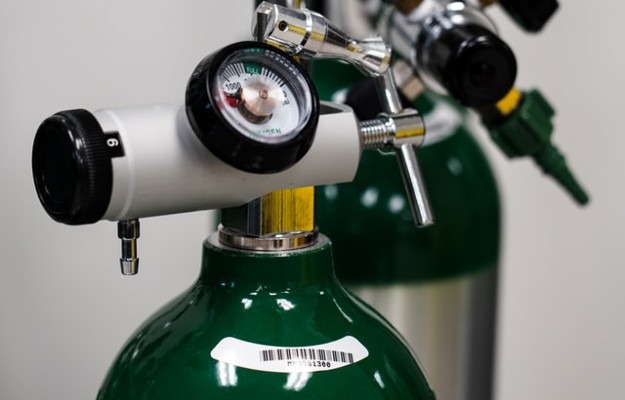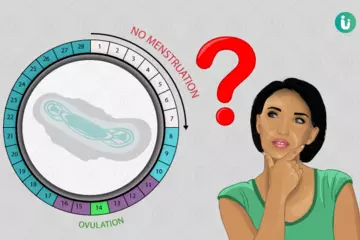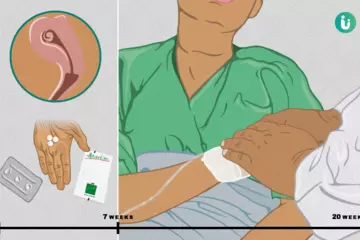Updated: April 14, 2020
COVID-19 is an infection caused by SARS-CoV-2, a virus from the coronavirus family. The virus spreads when someone with the infection sneezes or coughs: their sneeze- and cough-droplets can survive in the air and on surfaces for hours.
The symptoms of COVID-19 include fever, cough and difficulty breathing. Patients who have recovered from the viral infection have also reported the loss of sense of smell and fatigue among their symptoms. In fact, recent research shows that if you have loss of smell and taste along with fever, cough and fatigue, it is 10 times likely that you have COVID-19.
The virus first showed up in 2019 in a wet market in the Wuhan city, Hubei province of China and quickly spread to the world thereafter. This led to the 2019-20 pandemic of COVID-19.
COVID-19 is suggested to have a zoonotic origin - that is, it was transmitted from animals to humans. There is no confirmatory evidence on the animal host of COVID-19 so far, though bats, snakes and pangolins have been suspected in the first few months of 2020. The infection spreads very fast, at a rate of 1.5 to 3.5 healthy people infected by each patient.
Prevention is considered the best option to fight this infection, of course. For this, regularly washing one's hands with soap and water, staying at home during the worst period of the pandemic, and maintaining a distance of at least three feet (six feet, if you are over 60 years of age) from other people have been recommended by health agencies around the world.
The condition is diagnosed through testing of nasal and oropharyngeal swabs. The tests look for the presence of the viral DNA in the patient's body. Blood tests are done to check if the patient has developed antibodies against the virus.
There is no treatment for COVID-19 so far. Patients are given medicines to control the symptoms and asked to rest. Oxygen therapy is given in case of difficulty breathing or low oxygen in body. Ventilator support is needed in severe cases.
Here is more on COVID-19.



 Doctors for COVID-19
Doctors for COVID-19  OTC Medicines for COVID-19
OTC Medicines for COVID-19
 COVID-19 articles
COVID-19 articles News for COVID-19
News for COVID-19

 Diet for COVID-19
Diet for COVID-19


































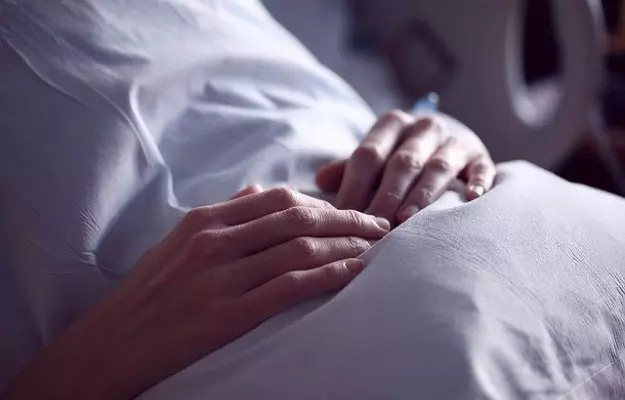
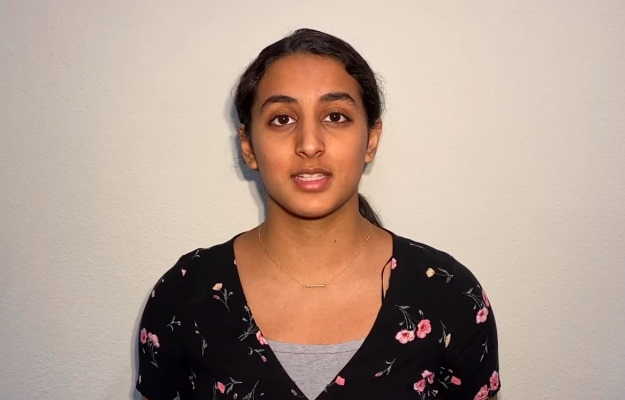
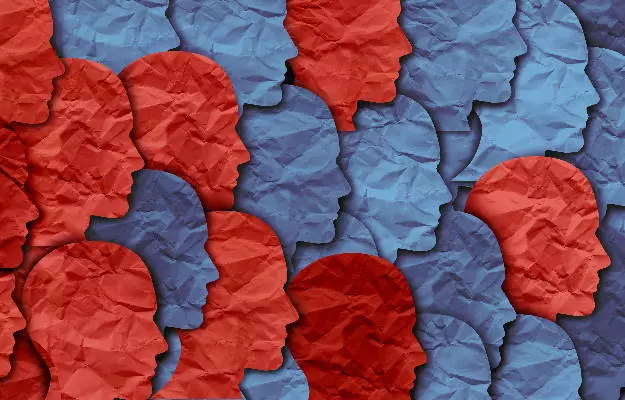
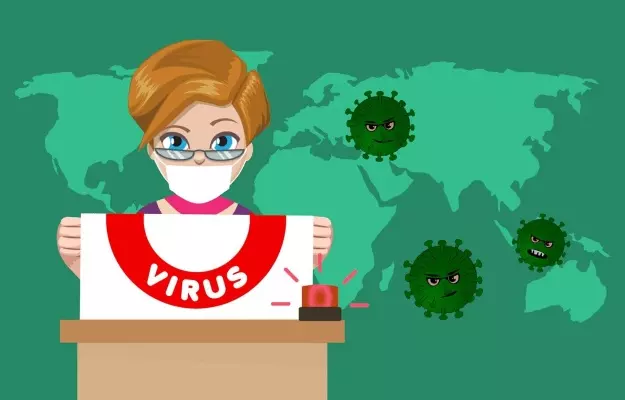


 Dr. Ayush Pandey
Dr. Ayush Pandey

 Editorial Team
Editorial Team



